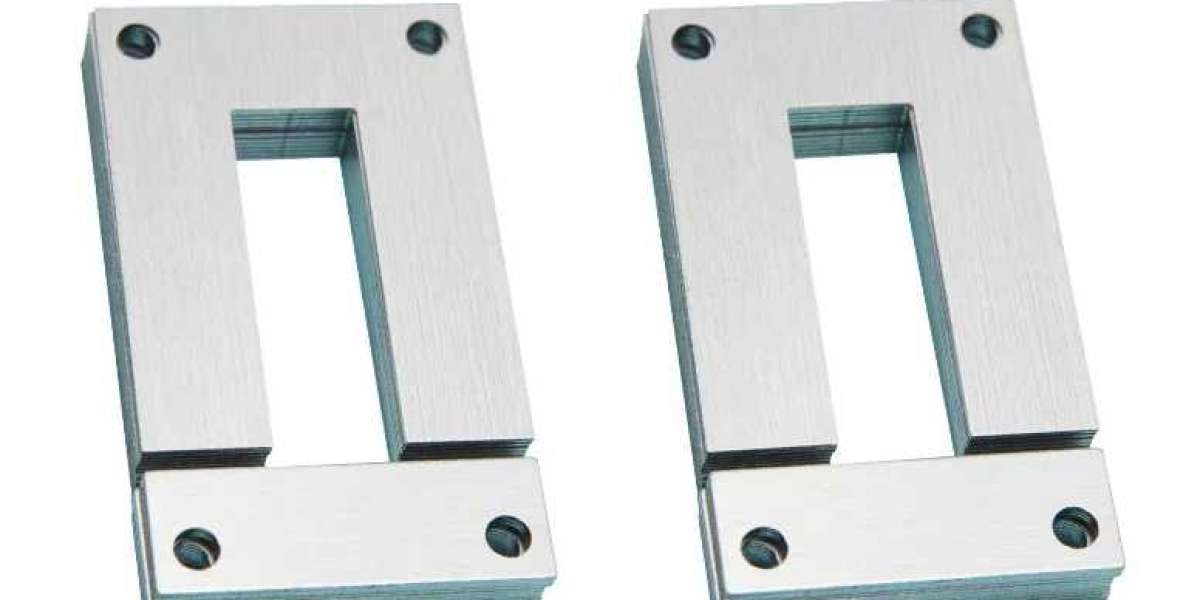Silicon steel is a kind of soft magnetic material, which is mainly used to manufacture iron cores of motors and transformers. The performance requirements of silicon steel mainly include iron loss, magnetic induction intensity, magnetic anisotropy, magnetic aging, brittleness, etc.; the smelting process of silicon steel is relatively Other steel types are more complex, requiring precise technology in all links such as refining, converter, RH vacuum, and continuous casting.
Silicon steel is a kind of soft magnetic material, the silicon content is in the range of 1.0%~4.5%, mainly used in the manufacture of iron cores of motors and transformers, ballasts in fluorescent lamps, magnetic switches and relays, magnetic shielding and magnets in high-energy accelerators etc., the performance of silicon steel has the following requirements:
(1) Low iron loss. Because high iron loss will increase power loss, the main function of adding silicon to steel is to reduce iron loss; reducing sulfur content is beneficial to reducing iron loss; appropriately increasing phosphorus content in steel is beneficial to reducing iron loss.
(2) The magnetic induction intensity is high, and the high magnetic induction intensity can reduce the excitation current (no-load current) of the iron core, reduce the copper loss caused by the wire electricity and the iron core loss, and save electric energy.
(3) Requirements for the magnetic anisotropy. The motor works in the running state, and the silicon steel is required to be magnetically isotropic. It is made of non-oriented silicon steel: the transformer works in a static state and is made of cold-rolled oriented silicon steel.
(4) The magnetic timeliness is small. The phenomenon that the magnetic properties of iron cores change with time is called magnetic aging. Magnetic aging is mainly caused by fine carbides and nitrides precipitated from supersaturated carbon and nitrogen in steel. Therefore, the carbon content in high-quality non-oriented silicon steel should be less than 0.0035%, and the nitrogen content should be less than 0.005%.
(5) Small brittleness. Silicon steel sheets must be punched and formed when making iron cores, and the punching performance is better; if the steel is brittle, it will reduce the yield and affect the life of the die. Sulfur is not only harmful to magnetism, but also causes hot embrittlement of steel, so it should be reduced as much as possible. In addition, the surface of the silicon steel sheet should be smooth and flat, the uniform thickness deviation should be small, and the insulating film should be good.



